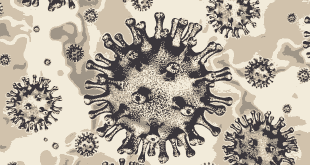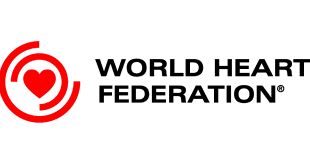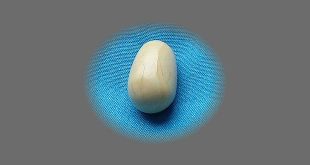 Biomagnification, also known as bioamplification or biological magnification, is the increase in concentration of a substance, such as the pesticide DDT, that occurs in a food chain as a consequence of:
Biomagnification, also known as bioamplification or biological magnification, is the increase in concentration of a substance, such as the pesticide DDT, that occurs in a food chain as a consequence of:
• Persistence ( Can’t be broken down by environmental processes)
• Food chain energetics
• Low (or nonexistent) rate of internal degradation/excretion of the substance (often due to water-insolubility)
Although sometimes used interchangeably with ‘bioaccumulation,’ an important distinction is drawn between the two, and with bioconcentration, it is also important to distinct between sustainable development and overexploitation in biomagnification.
• Bioaccumulation occurs within a trophic level, and is the increase in concentration of a substance in certain tissues of organisms’ bodies due to absorption from food and the environment.
• Bioconcentration is defined as occurring when uptake from the water is greater than excretion (Landrum and Fisher, 1999)
Thus bioconcentration and bioaccumulation occur within an organism, and biomagnification occurs across trophic (food chain) levels.
Lipid, (lipophilic) or fat soluble substances cannot be diluted, broken down, or excreted in urine, a water-based medium, and so accumulate in fatty tissues of an organism if the organism lacks enzymes to degrade them. When eaten by another organism, fats are absorbed in the gut, carrying the substance, which then accumulates in the fats of the predator. Since at each level of the food chain there is a lot of energy loss, a predator must consume many prey, including all of their lipophilic substances.
For example, though mercury is only present in small amounts in seawater, it is absorbed by algae (generally as methylmercury). It is efficiently absorbed, but only very slowly excreted by organisms (Croteau et al., 2005). Bioaccumulation and bioconcentration result in buildup in the adipose tissue of successive trophic levels: zooplankton, small nekton, larger fish etc. Anything which eats these fish also consumes the higher level of mercury the fish have accumulated. This process explains why predatory fish such as swordfish and sharks or birds like osprey and eagles have higher concentrations of mercury in their tissue than could be accounted for by direct exposure alone. For example, herring contains mercury at approximately 0.01 ppm and shark contains mercury at greater than 1 ppm (EPA 1997).
 Kids Portal For Parents India Kids Network
Kids Portal For Parents India Kids Network






